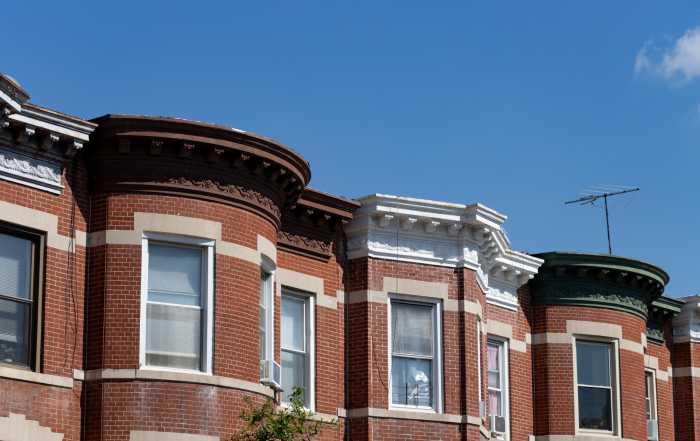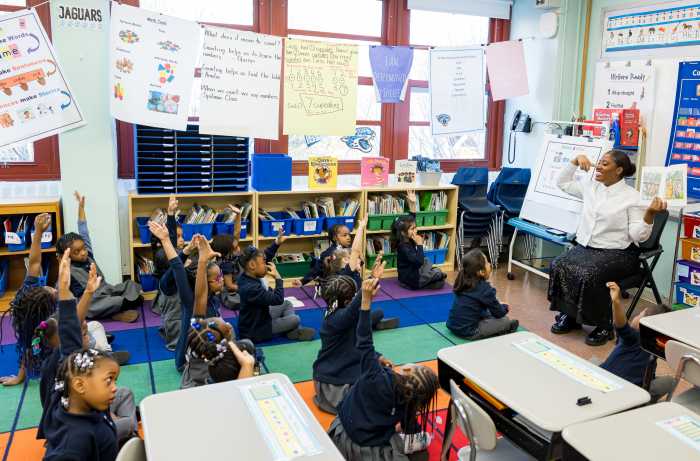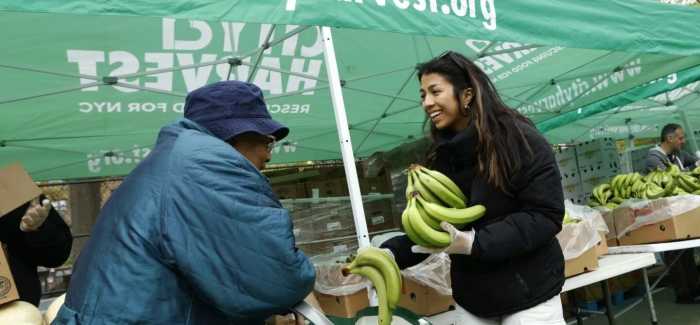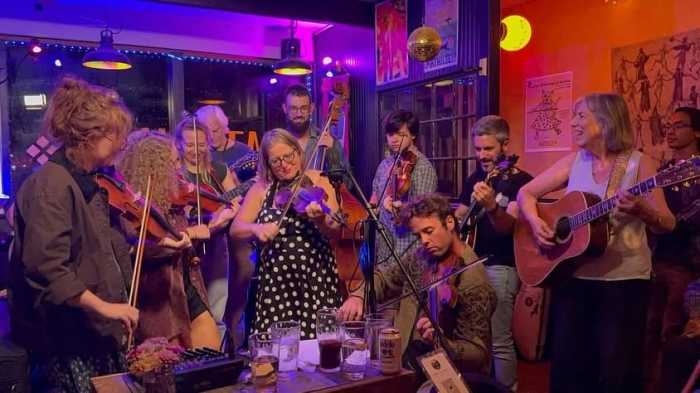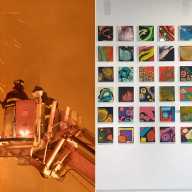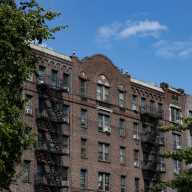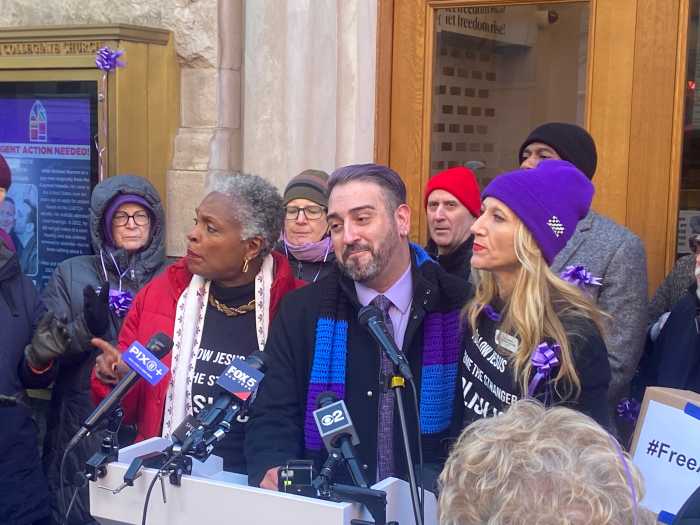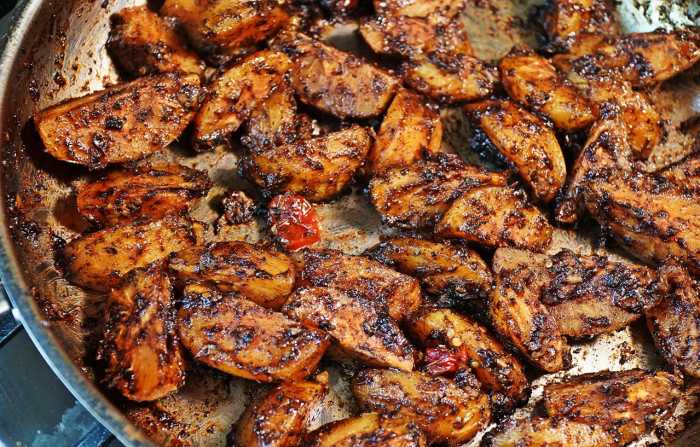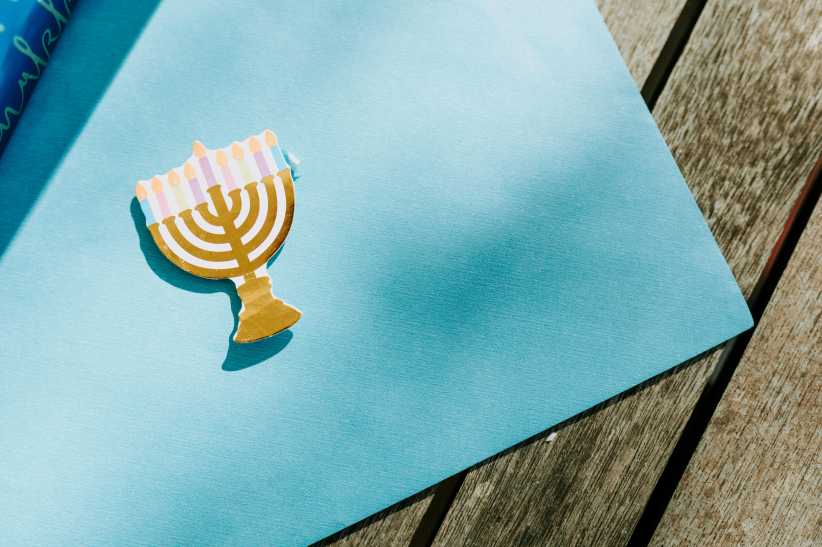Last week when we began to explore the white wines of Burgundy we started in the north with Chablis, just south of Champagne. Let’s see how the wines change as we travel south.
From Chablis, we travel about 70 miles southeast to Dijon, the northernmost city of what wine lovers call the Côte d’Or, the golden slope. The name refers to the quality of the wines made there, rather than to any public displays of wealth by the wine makers. The area is remarkably rural, and owners of vineyards whose wines sell for hundreds of dollars per bottle dress like the farmers next door. There is hardly a “Château” in the grand sense to be found in the entire 30 miles of the Côte d’Or, and many of the famous wine “houses” are undistinguishable from their neighbors. The vineyards here are quite different in size and in ownership from the large holdings of Bordeaux. Napoleonic law granted equal inheritance rights to all, so estates were no longer handed over, intact, to the oldest male child. Each heir received an equal portion, so today’s Burgundian vineyard can be fragmented into dozens of holdings, some as small as a few vines. Each owner applies his or her own hand to growing the grapes, harvesting them and turning them into wine. It says much about the Chardonnay grape and it’s ability to express the unique terroir of an individual plot of ground that experienced tasters are able to determine the exact vineyard that a wine was grown in. This is a major part in the French attitude that wines are made in the vineyard, not in the cellar, and that what we call a “wine maker” is, in French. “Eleveur”, one who raises, educates or brings up. The highest quality level of vineyards here are rated, as in Chablis, Grands Crus, and there are 30. A Grand Cru wine will display the name of that vineyard, as “Le Montrachet”, “Corton” or “”Echezeaux”. The name of the village or town where the vineyard is located need not appear. Premier Cru wines, the next level down, use the name of their village (commune) and the name of the vineyard. The wines from two or more vineyards can be mixed together and labeled “Premier Cru”, but every drop must come from a Premier Cru vineyard. The third level of quality is Village, or Appellation Communale. These wines are made from grapes grown in any vineyard within the delineated area of that village. There can be much confusion with wines at this level: years ago many villages decided that their wines would sell for more money if they added the name of their most famous vineyard to the name of the town. Puligny and Chassagne became Puligny-Montrachet and Chassagne-Montrachet, since the border that separates these towns bisects this most historic vineyard. Vosne became Vosne-Romanée and Gevrey became Gevrey-Chambertin. The fourth and lowest level on the quality ladder is for wines called, simply, Bourgogne. These wines can come from a vineyard considered inferior, even if it is within a famous commune, or from good vineyards within Burgundy, that are not within an area classified as anything higher. This is also where declassified wine goes: the occasional overproduction from a better vineyard. There are a few rare opportunities here, but be very, very careful. There is probably more wine sold every year rumored to be “declassified Gevrey-Chambertin” than that village actually produces! Still, Appellation Bourgogne from a great wine house will almost always be, at least, a pretty good wine. The Côte de Nuits is mostly red wine country, with only about 1% of the vineyards planted with Chardonnay. The few whites that are made here have good structure, deep color and excellent aging potential. A small amount of white wine is made in the villages of Nuits-St-Georges, Morey-Saint-Denis, Musigny, Fixin, Chambolle-Musigny and Vougeot. Some whites carrying the appellation Haute Côtes de Nuits come to us from the vineyards just outside the Côtes de Nuits, proper, and these may be made from Chardonnay or a blend of Chardonnay and Pinot Blanc. Côte de Nuits Villages whites, from the north around Fixin and south of the main appellation, in Prissey, are made in extremely small amounts, Southwest of Chablis lies the village of Saint-Bris-le-Vineux, not in Chablis and not in the Côte d’Or. Sauvignon Blanc is planted here and nowhere else in Burgundy. Sauvignon de Saint-Bris is a crisp, dry wine with a pleasant grassy nose often accompanied by an aroma of ripe red currants, unusual in a white wine. The chalky soil tones down the aggressive flavors that Sauvignon often exhibits when grown in other areas. In this same area, from communes such as Chitry, Coulanges-la-Vineuse and Irancy a good amount of Aligoté is planted along with Chardonnay. This Chardonnay is labeled Appellation Bourgogne, and the Aligoté must say Aligoté on the label. Aligoté is the often-tart local wine to which is added a small splash of Cassis, making the original Kir.


